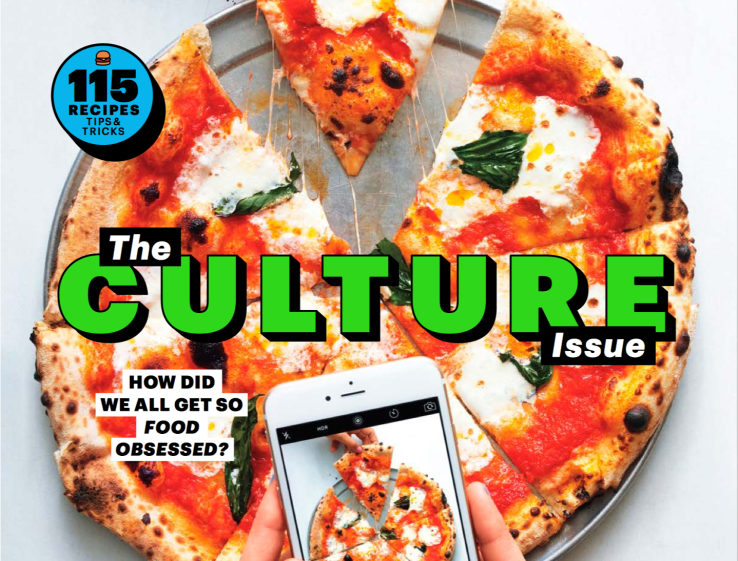
Foodie magazine Bon Appétit has done something quite risky with this month’s issue. Photographers have left their cameras at their desks and used iPhones to shoot all the photos for the 43-page feature story of the magazine. This wasn’t Apple’s idea — Bon Appétit was working on a Culture issue, and the iPhone is part of the food culture now.
“When we were discussing what the cover for the issue should be, we realized that nothing captures the zeitgeist of food culture like someone snapping a photo of their meal with their phone,” Bon Appétit Editor-in-Chief Adam Rapoport told me. “It’s what we all do — all of us. And so we then thought, ‘Wait a minute — what if we actually shot the entire feature well with iPhones?’ And I guess you could say that’s just how we think. As editors, attempting something new and different is what keeps our jobs interesting.”
If it sounds like a gimmick, Cait Oppermann had a different reaction. “I was really excited about it, because despite being a photographer as my job, the camera I use most in my everyday life is actually my iPhone,” she said. “In some ways, it’s the camera I’m most comfortable with. But I actually felt kind of weird doing it professionally.”
And this is key to understanding what’s happening to professional photography right now. Some industries, like fashion and food, have been heavily influenced by mobile phone cameras and Instagram. If you want to spot the most interesting trends in food and fashion, you browse Instagram — and eventually, you post your own photos on Instagram.
That’s why it makes sense that a food magazine would try working with iPhones as everyone on staff is already using their phones so much. “If you love food, and eat well, and are willing to take the time, you can snap beautiful shots of food. And it’s in those images how we now share our love for food. Even professional photographers.” Rapoport said. “All of our main photographers are active on Instagram. But what’s interesting is that it’s a different medium than the printed page — so how they approach it is different than how they treat jobs for magazines like Bon Appétit.”
And the feature looks fantastic. At first, I wasn’t sure I was looking at the right photos as you would think they were shot with a DSLR camera. And yet, they were iPhone photos.
There are a few things worth noting. I would have done a terrible job compared to Bon Appétit’s photographers. It proves that the iPhone is a great creativity tool as it provides a lot of depth for professional photographers.
Photographers still used their computers to edit the shots. And the iPhone is a constrained tool as you can’t change the lens or tether the iPhone to a computer to instantly see the photos on a big screen. But you can do a lot with an iPhone.
Back in December, 60 Minutes unveiled that 800 people are working on the iPhone camera at Apple. Apple is dedicating a lot of resources on its camera as it thinks it could be an important differentiating factor with other phone manufactures and even previous iPhone models.
The company wants to push the boundaries of what you can shoot with a phone. And we’re going to hear stories about professional photographers leaving their DSLR at home more and more often.

Comments
Post a Comment